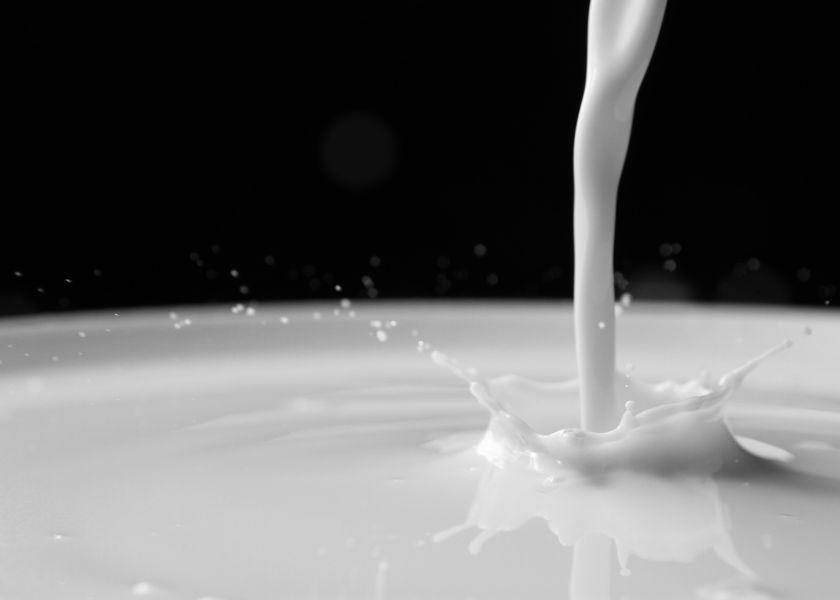How Low Will Milk Prices Go?

Where do we go from here? With Class III futures falling below $16.00 for the second time after making a nice rally, one must wonder just how low can milk prices go? If the June price comes to fruition, it would be the lowest price since August 2021 when price reached $15.95. The current market gives no indication as to where prices will find support. Block cheese price has fallen $0.6250 cents over the past two months. If block price were to decline over 2 more cents to fall below $1.4575, price would be back to the lowest level since March 11, 2020. This would certainly be devastating as farm expenses are much higher now than they were back then.
Those who have not utilized the tools available to manage risk will have a very difficult time during this downturn. Forward contracting feed, using milk futures and options, Dairy Revenue Protection insurance, and the Dairy Margin Coverage program are available to everyone and are not difficult to understand and implement. Those who have embraced risk management as a necessary part of their business have protected some good prices, putting them in a much better financial position. As I have written numerous times in the past, risk management is an integral part of the dairy operation. It is as important as any other aspect of the farm.
Class IV milk prices look to be low as well but much better than Class III. After one month of Cass III price being above Class IV and the two previous months of February and March seeing both prices being close together, Class IV will be $2.00 or more above Class III again. The reason for this is due to the steady butter price. Butter has remained in a sideways price range since the beginning of the year. This has kept the announced Class IV prices since February fairly flat as well as the futures indicating they might remain that way through July. This sets a record for a sideways market. There is little indication price may break out of this range anytime soon.
I have been and will continue to be interested in the culling pace as we move forward. The April Milk Production report really did not show an increase in culling. Cow numbers were 16,000 head less than the previous month, but this reflected the loss of cows in the large barn fire in Texas during the month. Had it not been for that adjustment, cow numbers likely would have been higher. Dairy cattle slaughter in April totaled 243,600 head. This was a decline of 62,600 head from slaughter in March, but an increase of 5,800 head from April 2022. Slaughter generally decreases significantly from March to April making this not unusual. However, the report showed that dairy cattle slaughter has not increased due to low milk prices. This may be delayed more than it was during the low prices of 2021 even though cull cow prices are higher than they were back then. Many farmers are in a better financial position due to the higher milk prices last year and having prepaid some things. However, a few months of low milk prices may change that quickly.
Spring flush should be nearing its peak with milk output moderating somewhat. However, schools are closing for the summer moving more milk to manufacturing which will keep plentiful supplies available to the market. This may keep buyers unconcerned over any supply tightness and continue to purchase at lower prices as long as sellers continue to offer it to the market.
Robin Schmahl is a commodity broker with AgDairy, the dairy division of John Stewart & Associates Inc. (JSA). JSA is a full-service commodity brokerage firm based out of St. Joseph, MO. Robin’s office is located in Elkhart Lake, Wisconsin. Robin may be reached at 877-256-3253 or through the website www.agdairy.com.
The thoughts expressed and the basic data from which they are drawn are believed to be reliable but cannot be guaranteed. Any opinions expressed herein are subject to change without notice. Hypothetical or simulated performance results have certain inherent limitations. Simulated results do not represent actual trading. Simulated trading programs are subject to the benefit of hindsight. No representation is being made that any account will or is likely to achieve profits or losses similar to those shown. There is risk of loss in trading commodity futures and options on futures. It may not be suitable for everyone. This material has been prepared by an employee or agent of JSA and is in the nature of a solicitation. By accepting this communication, you acknowledge and agree that you are not, and will not rely solely on this communication for making trading decisions.







